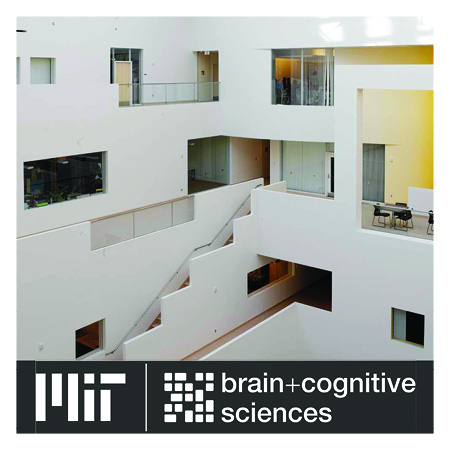
Dustin Hayden Thesis Defense: Passive experience-dependent plasticity in mouse primary visual cortex
Description
Dustin Hayden
Advisor: Mark Bear
Abstract: Stimulus-selective response plasticity (SRP) is a form of experience-dependent plasticity readily measured in primary visual cortex (V1) of mice. Chronic local field potential (LFP) recordings in layer 4 (L4) of V1 allow for the tracking of visually evoked potentials (VEPs) in response to phase-reversing sinusoidal grating stimuli. As a given visual stimulus becomes familiar to the mouse, the VEP magnitude increases. This increase in VEP magnitude is highly selective to stimulus features, such as the orientation, spatial frequency, and contrast of the grating. Previous work has shown that SRP requires synaptic mechanisms that are not only hallmarks of Hebbian synaptic plasticity, but also the engagement of parvalbumin-positive (PV+) inhibitory interneurons. Herein we build upon this foundational work and show that SRP expression can be explained as the engagement of two different interneuron subclasses: somatostatin-positive (SOM+) and PV+ cells. Familiar visual stimuli induce an increase in low-frequency (10-30 Hz) oscillations and an increase in SOM+ cell activity in L4. Conversely, novel visual stimuli induce an increase in high-frequency (60-80 Hz) oscillations and an increase in PV+ cell activity in L4. These differences in oscillations and cell activities to familiar and novel stimuli emerge in the seconds after the start of a block of stimuli. Finally, we show using laminar recordings in V1 that familiar stimuli cause elevated peak firing throughout most layers compared to novel stimuli, but reduced overall activity due to quick attenuation of the evoked signal.
Join Zoom Meeting
https://mit.zoom.us/j/98320543491?pwd=NFFOTnlNOUZTQXZ1N1JBRVZoNWl4dz09
Password: 111946

